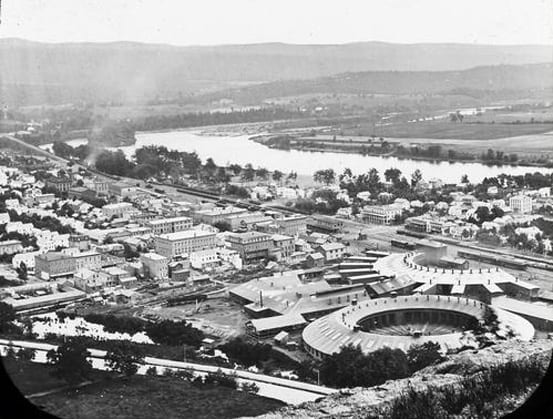
Bird’s eye view of Port Jervis, circa 1900. The railroad tracks and roundhouses are visible in the lower right. From the New York State Archives.
As promised, before moving onto the Pascack Valley Line I said we would take one more look at Port Jervis. While the Metro-North station at Port Jervis is pretty boring, there are a few more interesting railroad-related things going on in this town. When arriving by car, you’ll likely notice signs not only directing you to the train station, but also to the historical turntable. This turntable is the only existing remnant of one of the roundhouses that was here in Port Jervis. Although the building got progressively more decrepit over the years, it ultimately met its end at the hand of an arsonist in 1987.
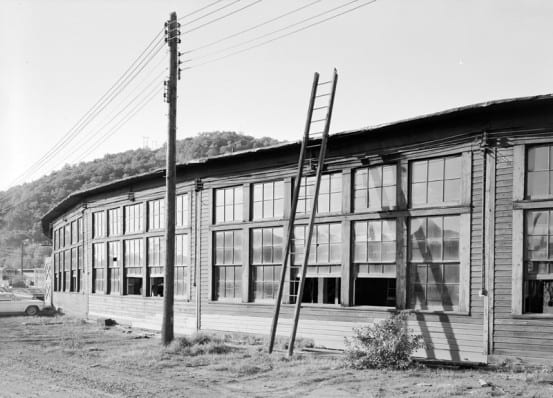
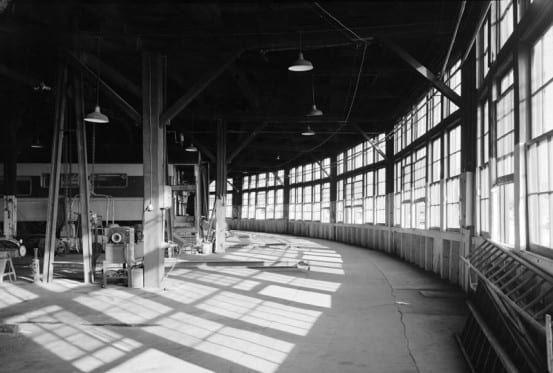
Roundhouse at Port Jervis in 1971, photos from the Historic American Engineering Record at the Library of Congress.
The turntable, which was at the center of that burnt roundhouse, is in pretty good condition today, as it was renovated in 1997. In the early 90’s, though, it didn’t look too great. Though it hasn’t been put to use recently, the turntable isn’t just for show, and does actually work.
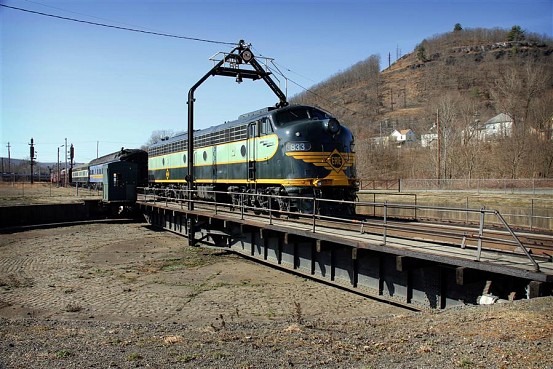 Â
 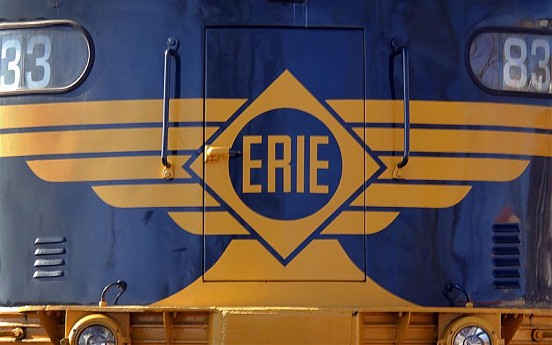 Â
Â
This is the turntable today. I must admit that I have a thing for the iconic simplicity of the Erie’s logo.
The gem of Port Jervis, however, is not the turntable, but the Erie depot. If you’ve taken Metro-North to Port Jervis, you’ve passed it – it is located about a quarter-mile before the current station. The depot was built by Grattan & Jennings in the Queen Anne style in 1892. It has been listed on the National Register of Historic Places since 1980.
The contracting firm of Grattan & Jennings was formed in 1888 by William S. Grattan and Alva M. Jennings. Grattan had been a longtime railroad employee, starting as a clerk in the Scranton coal office of the Delaware, Lackawanna & Western at the age of 18. Though the Erie Depot may be the most well-known building the firm had built, Grattan & Jennings did lots of contracting work for the railroad, including a trestle over the Blackwell canal.
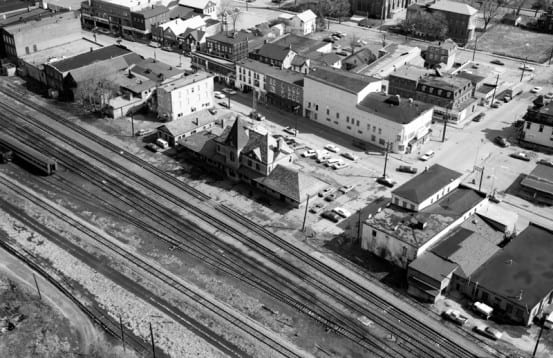
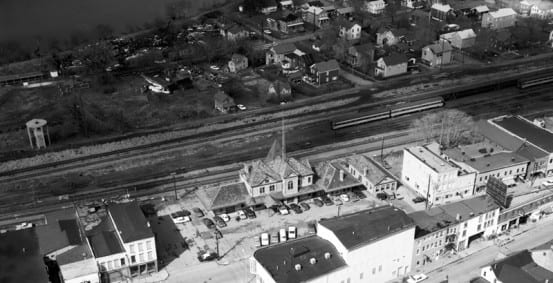
Aerial views of Port Jervis station, photos from the Historic American Engineering Record at the Library of Congress.
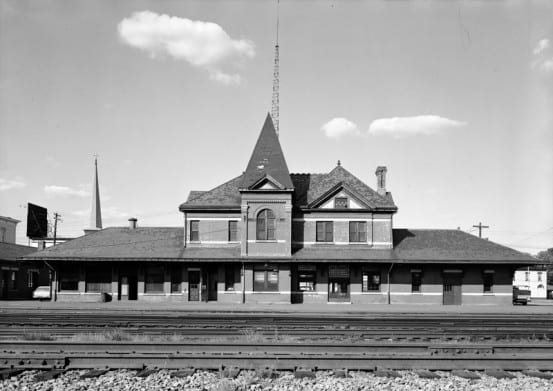
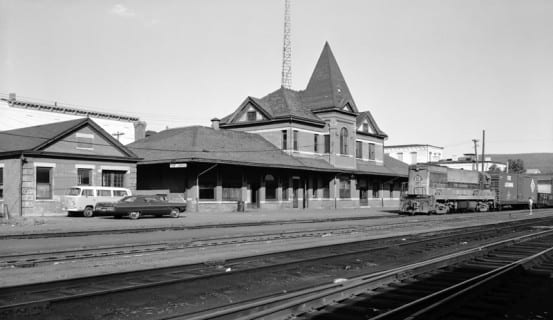
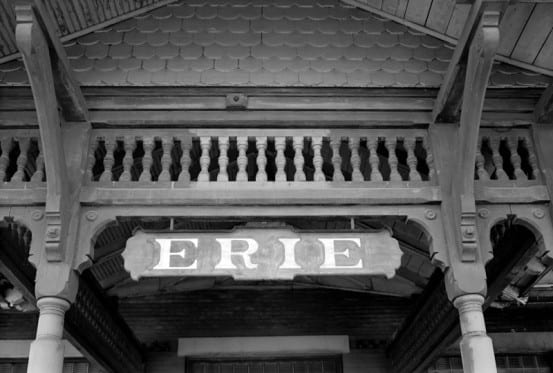
Photos of the Erie station at Port Jervis in 1970, photos from the Historic American Engineering Record at the Library of Congress.
Like so many other stations and facilities, the earlier station at Port Jervis (which was the second to be built here), opened in 1889, was completely destroyed by fire in 1890. The historical Erie depot was built as a replacement for that station, and was opened on February 2nd, 1892. The lower level of the station provided waiting areas for passengers, a ticket office, locker rooms for railroad employees, and a restaurant. The depot’s upper level was used as office space for the railroad.
It is interesting to note that the Erie depot manages to reflect not only the surge in popularity of the railroad, but also its slow demise. With increasing volume of mail and baggage, the depot was expanded in 1912. An enlarged baggage room was added to the east end of the station, and a room for the Railway Express Agency was added to the west end. Gradually fewer and fewer people used the station over the years, and the depot was permanently closed in 1974. The windows were boarded up, and the building was left to crumble. Thankfully, by the mid-80’s several groups stepped up to prevent the depot from being torn down and worked to restore it to the wonderful condition you see today.


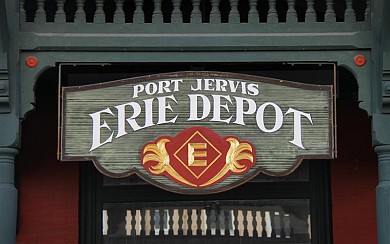
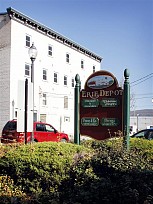
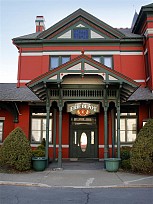
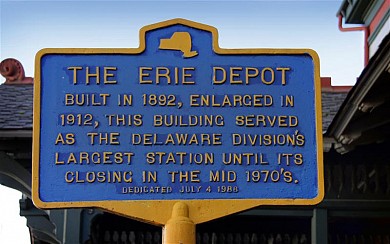
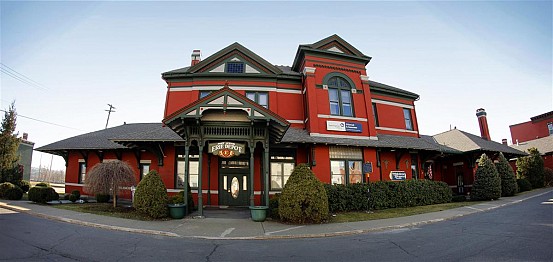
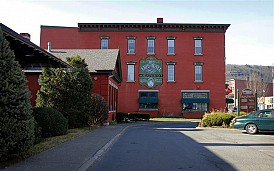
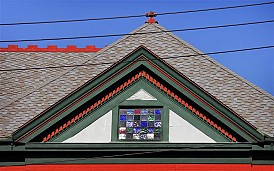
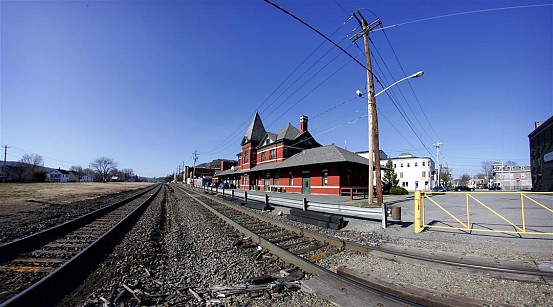
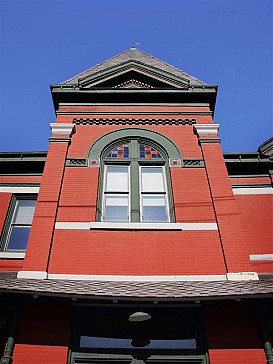
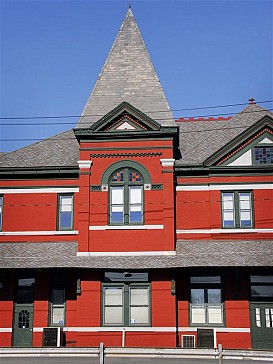
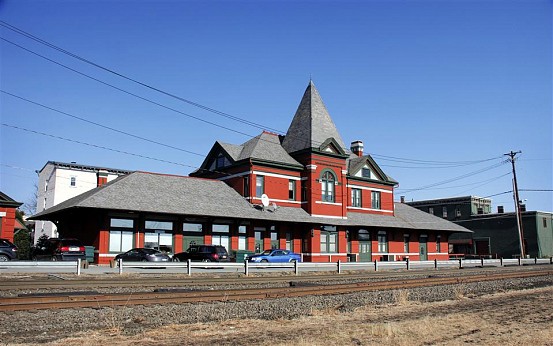
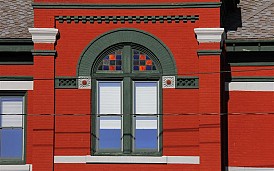
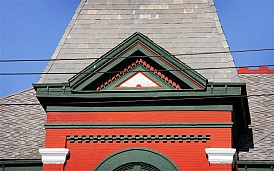
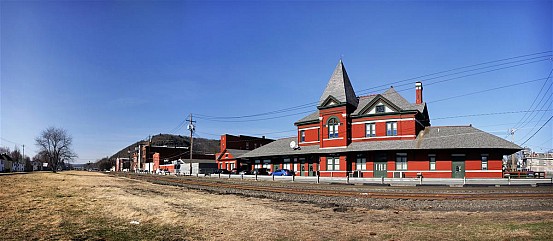
Looks great, I can see some the bits of info I made in my last post.
As for the Pascack Valley Line, when you post the Pearl River one I have some extra info for Nanuet you might want, including when the old depot met its fiery end.
Your usual stellar job, but somehow even more so. Thanks for a concise, well-organized, literate history.
And that aerial photo of the roundhouse is awesome! At first glance it looks like the turn of the 21st century, not the 20th!